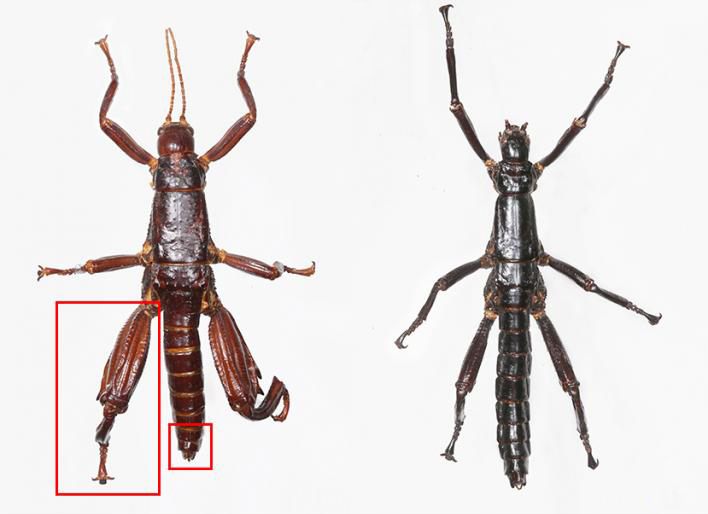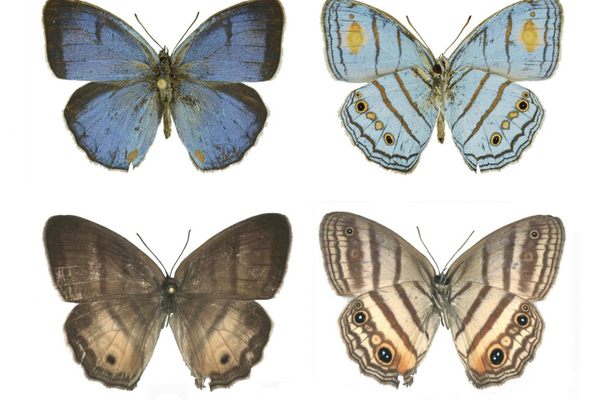Scientists Want to Make Sure They’re Breeding the Right Giant Stick Insects
DNA says that even though they look different, the bugs from two different islands are one and the same.

When S.S. Makambo ran aground in 1918 at Lord Howe Island, off Australia’s eastern coast, black rats made their way ashore. Before long, five birds and 13 insects had gone extinct. But one of those insect species managed to survive, by clinging to rocks on a nearby island. That giant bug, the Lord Howe Island stick insect, was only rediscovered in 2001 on Ball’s Pyramid, an inhospitable shard of rock jutting out the ocean—one of the bits of the sunken continent of Zealandia that breaks the water’s surface. Some of the insects found on this nearly inaccessible island were taken to the Melbourne Zoo to start a breeding program that could help restore the species to Lord Howe Island. But some scientists always had a nagging doubt about this plan. The surviving bugs didn’t look quite like museum specimens from Lord Howe Island. Is it possible that they were two separate species?
A new study compares the genes of modern specimens, from the Melbourne Zoo, with museum samples in the Australian National Insect Collection, collected before the extinction on Lord Howe Island. The researchers, from Japan and Australia, looked specifically at their mitochondrial genomes, and found that the insects differed by less than one percent, which means that despite the surprisingly apparent visual differences, they really are one and the same species.

The Australian government is planning to start a rat eradication campaign on Lord Howe Island in 2018, in the hopes of finally ridding the unique ecosystems of the rodent scourge. Now that they know they have the right insect, one that should be well adapted to Lord Howe Island, there’s a better chance they’ll be crawling all over the place once again—once all those pesky rats are gone.





















Follow us on Twitter to get the latest on the world's hidden wonders.
Like us on Facebook to get the latest on the world's hidden wonders.
Follow us on Twitter Like us on Facebook